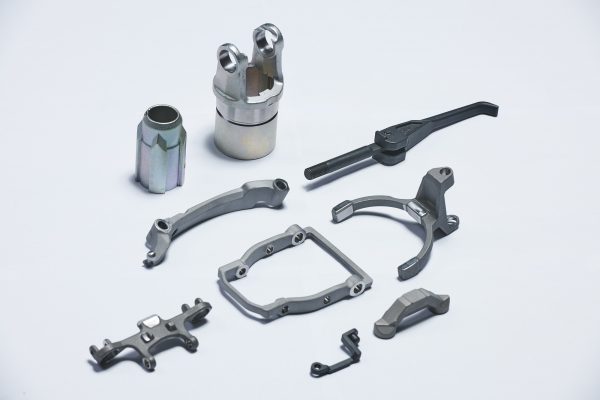Investment Casting or MIM for Small Parts Manufacturing?
Companies are constantly searching for the most cost-efficient solution to creating small parts. Different metal working techniques provide varying results. Two methods considered for this process are investment casting and MIM.

Investment casting has been used for generations as it is the oldest metal molding process. The method involves using a wax pattern to create a ceramic mold as molten metal is poured into the mold to create the part. For metal injection molding (MIM), binder materials are placed into finely powdered metal to form feedstock. Then injection molding equipment takes the feedstock to form and harden it into parts.
MIM methods first started in the 1980s and is still considered a relatively new technology. Yet investment casting continues to be sought after for many production lines. Figuring which methods to use will depend on various factors.
Materials
Investment casting works with a wide variety of materials. Due to the ceramics used, the mold can withstand higher temperatures. So metals can melt completely as the ceramic does not quickly cool off during the pour. This advantage allows customers to have more options when selecting the metal that would be appropriate for their applications.
On the other hand, MIM is only suitable for metals that possess higher melting temperatures and for those that do not form strong oxides. Metals such as titanium, zinc, or aluminum would not be suitable with this process.
Size and Production Volume
Both MIM and investment casting can be used for small parts manufacturing for simple and complex geometries. They both work well for parts with very tight tolerances. In the case of MIM, this method is suitable for parts that require very thin wall sections, weigh less than 20 grams, or have a length that is less than 100mm.
MIM is also suitable for production volume runs that have 5000 pieces or more in a batch. As for investment casting, this process also works well for parts of varying weights and sizes, including ones that weigh less than 20 grams. Investment casting is versatile for low to high production volumes.
Tooling Costs and Finishes
Tooling costs for MIM are more expensive than for investment casting. It is for this reason that MIM is mainly used for high batch runs of parts. Customers may select investment casting when requiring more economical tooling costs for low production runs and when desiring prototyping work.
When evaluating finishes, both investment casting and MIM offers exceptional surface finishes with minimal or none secondary machining required.
Metal Casting From Impro
Metal casting processes are designed to bring the best options and capabilities to the manufacturing of parts. With the many different techniques available, customers have a range of choices to select from to have accurate parts to meet time-to-market deadlines. Impro is a one-stop solution provider for precision casting parts. Its in-house casting capabilities include investment casting, sand casting, permanent casting, and shell mold casting. When you are looking for the best metal casting solutions, turn to Impro.